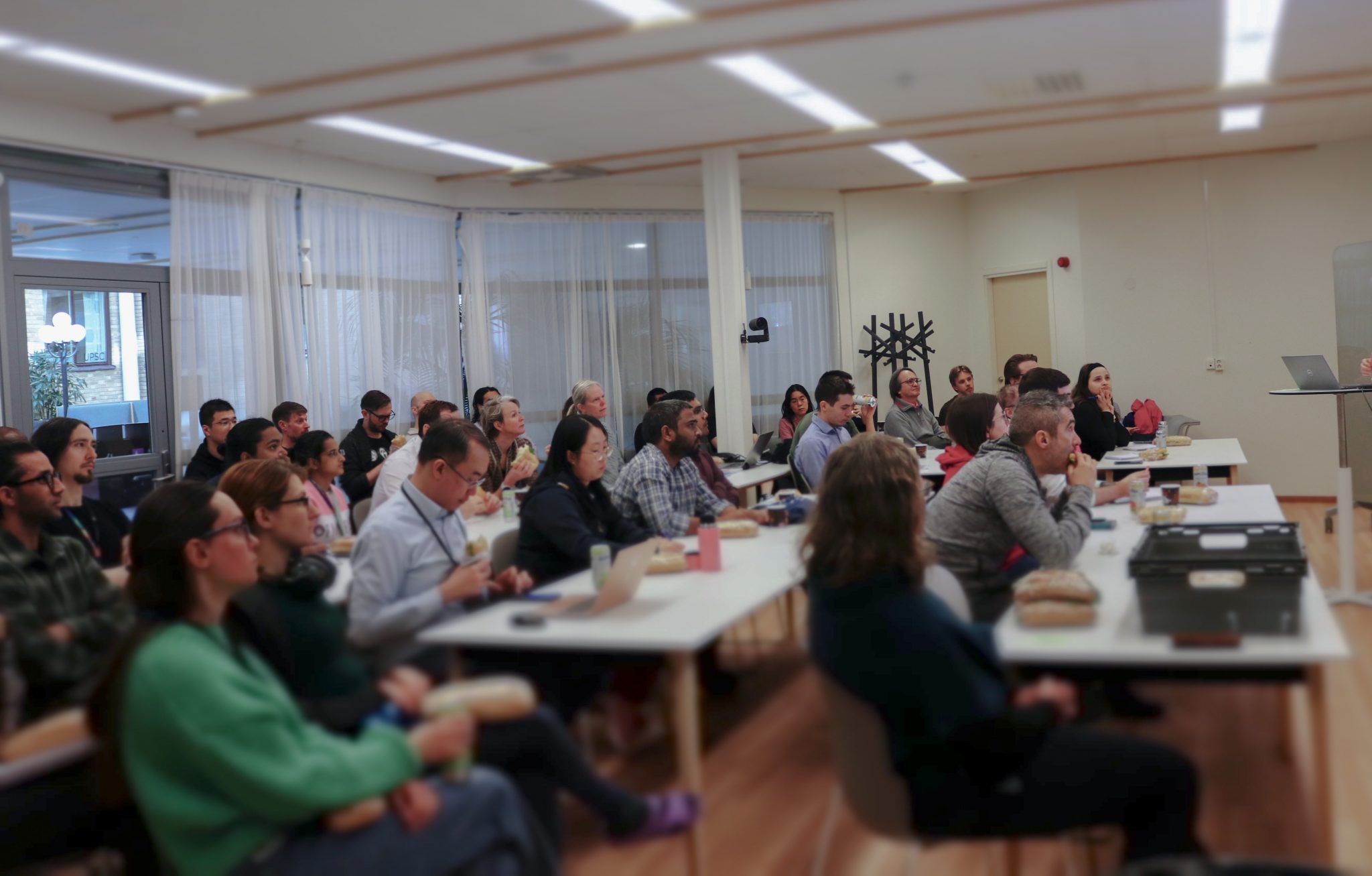Computational Enzymology – Identifying Catalytic Modules and predicting Mechanisms
September 29 @ 10:00 – 11:00 CEST
Speaker: Janet Thornton, EBI
Computational Enzymology: Towards using knowledge of structure and function to predict enzyme transformations and mechanisms.
JM Thornton, AJM Ribeiro, Ioannis Riziotis, JD Tyzack, Neera Borkakoti, Roman Laskowski. European Bioinformatics Institute (EMBL-EBI), Wellcome Genome Campus, Cambridge CB10 1SD, UK
Enzymes catalyse most of the chemical reactions which are essential for life. They are powerful catalysts that have evolved over millions of years to perform the functions in an organism that are necessary for survival. Using structural data and computational biology we seek to understand and predict how enzymes work and how they evolve to perform new enzyme functions. In this talk I will present our ongoing work to ‘perform catalysis’ in the computer. Using methods developed in cheminformatics, combined with information derived from 3D enzyme structures, we are developing tools to predict transformations and mechanisms.
Host: Arne Elofsson
Dame Janet M Thornton has contributed significantly to structural bioinformatics by increasing our fundamental understanding of the structure and function of proteins and how they contribute to disease and ageing. She has uniquely combined the analysis of structural features with the development of prediction methods. Together with Christine Orengo, the popular database CATH was developed. Her studies of sidechain conformation and stereochemistry were developed with Roman Laskowski into a tool, PROCHECK, widely used for evaluating the quality of experimentally defined protein structures. With Orengo and David Jones she developed methods for protein structure prediction. She was the director of the European Bioinformatics Institute from 2001 to 2015 and initiated the European infrastructure ELIXIR.


